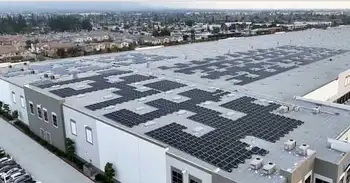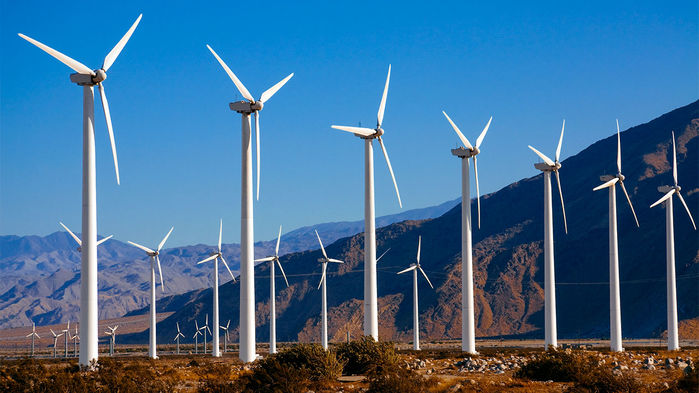Arvato commissions first solar power plant

Arc Flash Training CSA Z462 - Electrical Safety Essentials
Our customized live online or in‑person group training can be delivered to your staff at your location.

- Live Online
- 6 hours Instructor-led
- Group Training Available
Arvato Ontario Solar Power Plant advances sustainability with rooftop photovoltaic panels, PPA financing, and green electricity, generating 800,000 kWh annually to cut logistics emissions, reduce energy costs, and support carbon-neutral supply chain operations.
Key Points
A rooftop PV system under a PPA, supplying low-cost green power to Arvato's Ontario, CA distribution center.
✅ 1,160 panels produce 800,000 kWh of renewable power yearly
✅ PPA model avoids upfront costs and lowers electricity rates
✅ Cuts center emissions by 72%; 45% roof coverage
Arvato continues to invest consistently in the sustainability of its distribution centers. To this end, the first solar power plant in the focus market has now been commissioned on the roof of the distribution center in Ontario, California. The solar power plant has 1,160 solar panels and generates more than 800,000 kilowatt hours (kWh) of green electricity annually. This reduces electricity costs and, with advances in battery storage, further cuts the logistics center's greenhouse gas emissions. Previously, the international supply chain and e-commerce service provider had converted five other distribution centers in the USA to green electricity.
The project started as early as November 2019 with an intensive site investigation. An extensive catalogue of measures and criteria had to be worked through to install and commission the solar power plant on the roof system. After a rigorous process involving numerous stakeholders, the new solar modules were installed in August 2022, similar to utility-scale deployments like the largest solar array in Washington seen recently. However, further approvals and permits were required before the solar system could be officially commissioned, a common step for solar power plants worldwide. Once official permission for the operation was granted, the switch could be flipped in February 2023, and production of environmentally friendly solar electricity could begin.
The photovoltaic system is operated under a Purchase Power Agreement (PPA), a model widely used in corporate renewable energy projects today. This unique financing mechanism is available in twenty-six U.S. states, including California. While a third-party developer installs, owns and operates the solar panels, Arvato purchases the electricity generated. This allows companies in the U.S. to support clean energy projects while buying low-cost electricity without having to finance upfront costs. "The PPA and the resulting benefits were quite critical to the success of this project," says Christina Greenwell, Microsoft AOC F&L Client Services Manager at Arvato, who managed the project from start to finish. "It allows us to reduce our electricity costs while supporting Bertelsmann's ambitious goal of becoming carbon neutral by 2030."
The 1,160 solar panels were added to an existing system of 920 panels owned by the logistics center's landlord. In total, the panels now cover 45 percent of the roof space at the Ontario distribution center. The emissions generated by the distribution center are now reduced by 72 percent with the new solar panels and clean power generation. As Bertelsmann plans to switch all its sites worldwide to 100 percent green electricity, renewable energy certificates will, as seen when Bimbo Canada signed agreements to offset 100 percent of its electricity for its operations, offset the remaining emissions.
"The new solar power plant is a significant step on our path to carbon neutrality and demonstrates our commitment to finding innovative solutions that reduce our carbon footprint," said Mitat Aydindag, President of North America at Arvato. "All employees at the site are pleased that our Ontario distribution center is now a pioneer and is providing effective support in achieving our ambitious climate goal in 2030."
Similar facility-level efforts include the Bright Feeds Berlin solar project underscoring momentum across industrial operations.











